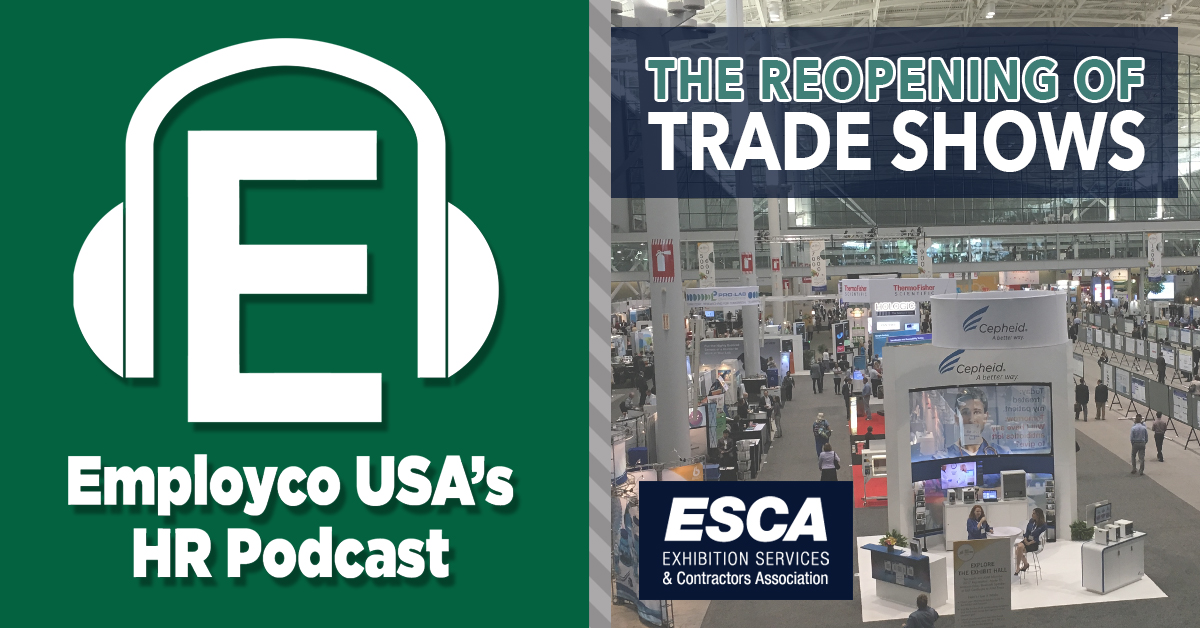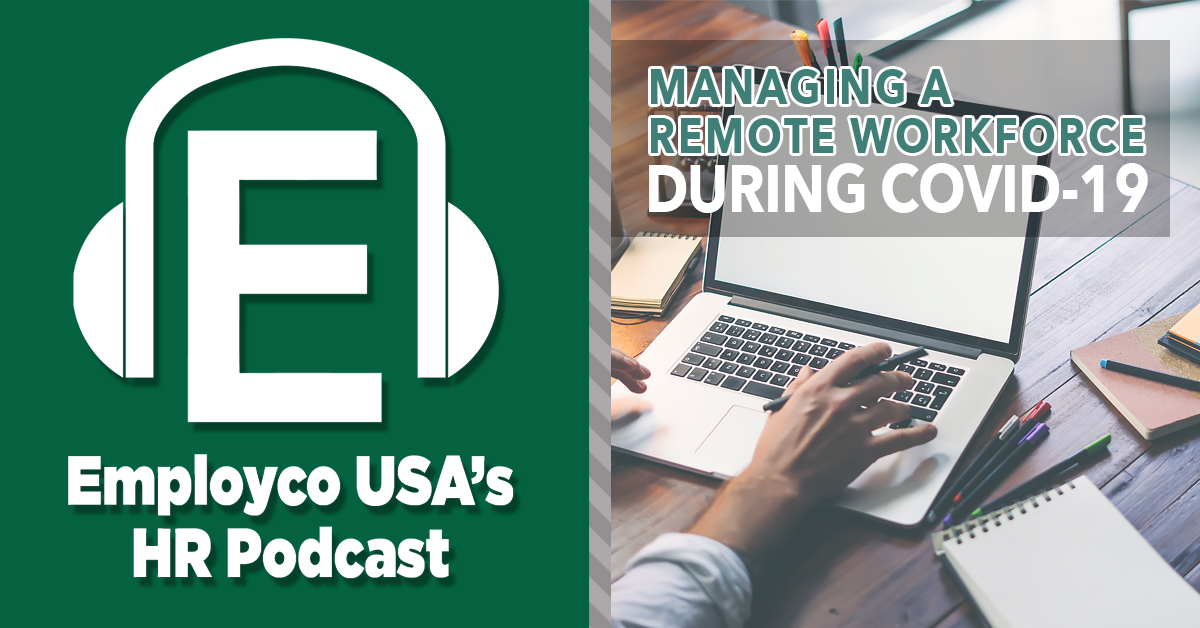Join Employco USA to learn the LATEST UPDATE from the SBA including the NEW Paycheck Protection Program (PPP) Loan Forgiveness Application and Instructions.
During this FREE webinar, we’ll:
- Summarize the updated guidance released on May 15th
- Discuss the new options to setup your 8-week measurement period for payroll and non-payroll costs
- Provide details on how to calculate a FT vs FTE employee based on the new 40 hour per week threshold
- Discuss tips to maximize the forgiveness, and talk about the rules for the portion of the loan that is not forgiven
- Review how the forgiveness evaluation limits owners’ compensation
- Illustrate forgiveness reductions through updated scenarios
You’ll also be able to get some clarity on human resource issues including unemployment and payroll. Employco provides HR and payroll solutions to businesses across the country.
There will be a brief presentation to begin the session, but most of the time will be dedicated to answering your specific questions!
FREE REGISTRATION
You’ll be able to join us at 10:00am CT on Thursday, May 28th from your computer, tablet, or smartphone (you can also dial-in):
You can also use our registration form to submit questions you’d like to see answered/covered during the webinar.



 Gov. J.B. Pritzker just unveiled his new reopening plan for the state of Illinois. The projected 5-phase “Illinois Restored” plan was created to help safely reopen businesses in the state without causing an influx of COVID-19 infections. But what does Illinois’s phases reopening mean for employers and their staff, and should we expect similar plans from other lawmakers across the country?
Gov. J.B. Pritzker just unveiled his new reopening plan for the state of Illinois. The projected 5-phase “Illinois Restored” plan was created to help safely reopen businesses in the state without causing an influx of COVID-19 infections. But what does Illinois’s phases reopening mean for employers and their staff, and should we expect similar plans from other lawmakers across the country?
 In 2018, only 24 percent of U.S. workers worked from home on a consistent basis. But, as of last month, 67 percent of employers were taking steps to allow employees to work from home in order to cope with social distancing guidelines. And, as social distancing time frames have been lengthened across the country, employers need to reconsider their new management styles and how to motivate and engage employees who may feel ‘out of sight, out of mind.’
In 2018, only 24 percent of U.S. workers worked from home on a consistent basis. But, as of last month, 67 percent of employers were taking steps to allow employees to work from home in order to cope with social distancing guidelines. And, as social distancing time frames have been lengthened across the country, employers need to reconsider their new management styles and how to motivate and engage employees who may feel ‘out of sight, out of mind.’




 With work stoppages and shelter-in-place ordinances being instituted across the country, employers have several pressing human resources issues to consider. Rob Wilson, employment expert and President of Employco USA, comments on HR concerns that have arisen as a result of the unprecedented coronavirus pandemic.
With work stoppages and shelter-in-place ordinances being instituted across the country, employers have several pressing human resources issues to consider. Rob Wilson, employment expert and President of Employco USA, comments on HR concerns that have arisen as a result of the unprecedented coronavirus pandemic.